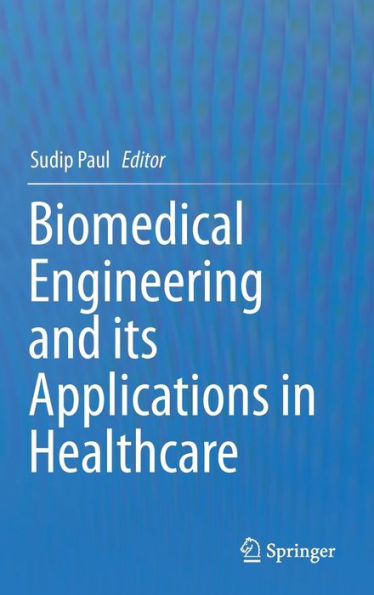5
1
9789811337048



Biomedical Engineering and its Applications in Healthcare available in Hardcover, eBook

Biomedical Engineering and its Applications in Healthcare
- ISBN-10:
- 9811337047
- ISBN-13:
- 9789811337048
- Pub. Date:
- 11/08/2019
- Publisher:
- Springer Nature Singapore
- ISBN-10:
- 9811337047
- ISBN-13:
- 9789811337048
- Pub. Date:
- 11/08/2019
- Publisher:
- Springer Nature Singapore

Biomedical Engineering and its Applications in Healthcare
$179.99
179.99
In Stock

Product Details
| ISBN-13: | 9789811337048 |
|---|---|
| Publisher: | Springer Nature Singapore |
| Publication date: | 11/08/2019 |
| Edition description: | 1st ed. 2019 |
| Pages: | 738 |
| Sales rank: | 1,131,562 |
| Product dimensions: | 6.10(w) x 9.25(h) x (d) |
About the Author
From the B&N Reads Blog
